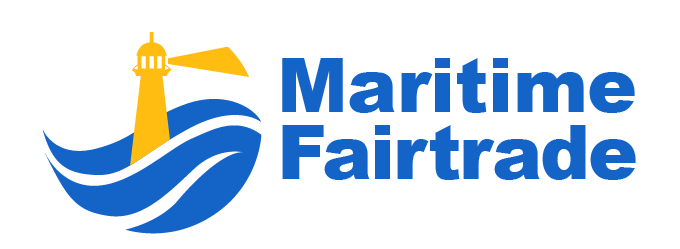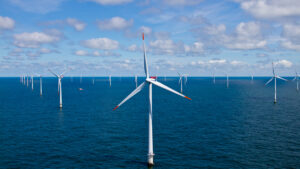According to the International Union of Marine Insurance (IUMI), marine insurance premium for 2018 was recorded at USD 28.9 billion.
For global marine insurance premium by line of business, cargo continued to represent the largest share with 57.4% in 2018, hull 24.4%, offshore energy 11.4% and marine liability (excluding IGP&I) 6.7%.
Cargo sector
Marine insurance premium for cargo was reported to be USD 16.6 billion for 2018, representing a 2.5% increase on the 2017 result.
The modest increase is largely attributable to continued growth in world trade coupled with exchange rate fluctuations which tend to affect cargo premiums more strongly than other sectors.
Trade growth continues (albeit less optimistically) which should impact positively on this sector, macro-economic uncertainties such as national and regional trade restrictions as well as changes to economic and political frame conditions are likely to have a negative effect.
Covered risks are increasingly representing stock rather than transit exposure and accumulation risks continue to grow. The risk of large event losses, both nat-cat and man-made, is substantially increasing both on single sites and single assets.
The 2017/18 underwriting years saw a relatively high nat-cat impact from hurricanes, earthquakes and flooding; and 2018 was heavily impacted by the cargo loss from Maersk Honam (15,000 teu capacity).
Technical loss ratios are relatively stable at around 70% in Europe. Asia is still a developing account and loss ratios are beginning to rise in that region, now approaching 60%.
Hull sector
In 2018, global underwriting premiums for the hull sector achieved USD 7 billion, no change from 2017.
A 0% change in premiums is a concern when set against a continually increasing global fleet and higher single risk exposure (and the related risk of unprecedented major claims) resulting from the trend for ever-larger vessels.
On a more positive note, claims frequency and cost per vessel is stable at a moderate level; and the long-term trend for total losses has also stabilized with a fluctuation below 0.1%.
However, the incidence of major losses appears to have returned in 2019 after unusually low numbers during the period 2016-2018. This is likely to impact on the 2018 and 2019 underwriting years.
In addition, the 2018 fire at a major yard in Germany represented a new dimension of claims impacting the builder’s risk portfolio.
Although (due to long-term policies) it severely deteriorated the 2014 underwriting year results it may, nonetheless, add further pressure on the necessary recovery of the hull insurance market.
Throughout the period 2016-2018, the hull sector suffered few major losses with attritional losses accounting for an increasing share of the total claims costs. Income achieved during that period was not sufficient to cover these losses and there was no buffer to cover the major losses.
In 2019, we expect to see premiums increase, albeit from a very low base. This should (marginally) alleviate the pressure on profitability but the return of major losses has the potential to offset this.
With results under pressure, the trend towards using more advanced methods of technical underwriting and better risk estimation continues. One of several means to estimate the future claims potential of a given portfolio is the use of detention data.
Based on recent analysis by the Nordic Association of Marine Insurers (Cefor), Astrid Seltmann demonstrated a close correlation (on a vessel-by-vessel basis) between the frequency and cost of claims and the level of related detentions.
Offshore energy
Global premiums for the offshore energy sector were reported at USD 3.4 billion in 2018 representing a 3% reduction from 2017. It should be noted that the 2017 number was a 5% reduction from 2016; and the 2016 number was a 21% reduction from 2015.
The majority of business in this sector is transacted in US dollars and so exchange rate fluctuations have very little impact. The drop in premium income has followed the slide in oil price but, fortunately, this appears to be flattening out.
That said, ongoing trade tensions make any sort of price rally less certain. High profile losses in this sector and nat-cat events (mainly hurricanes) have had little impact on the market.
The prolonged downturn in activity has begun to reverse, albeit slowly, as the sector rebalances itself to operate within a lower oil price environment. Historically, there is an 18 month lag between improved oil prices and authorization for downstream expenditure. Reactivation will increase the risk of more claims.
Philip Graham, Chair of IUMI’s Facts & Figures Committee summed up: “The hull and cargo markets appear to have bottomed-out and we are beginning to see a modest uplift, albeit from a low base.
“Profitability is likely to be pressured by the recent return of major losses, however.
“More activity in the offshore energy markets is also good news, but reactivation of units adds to the overall risk profile.
“In short, the marine underwriting sector is characterized by uncertainty.
“At a macro-level this is created by political, economic and environmental factors; and at an industry level it is due to accumulations, a worrying and increasing incidence of major losses; and through a reactivation of the offshore sector.”










